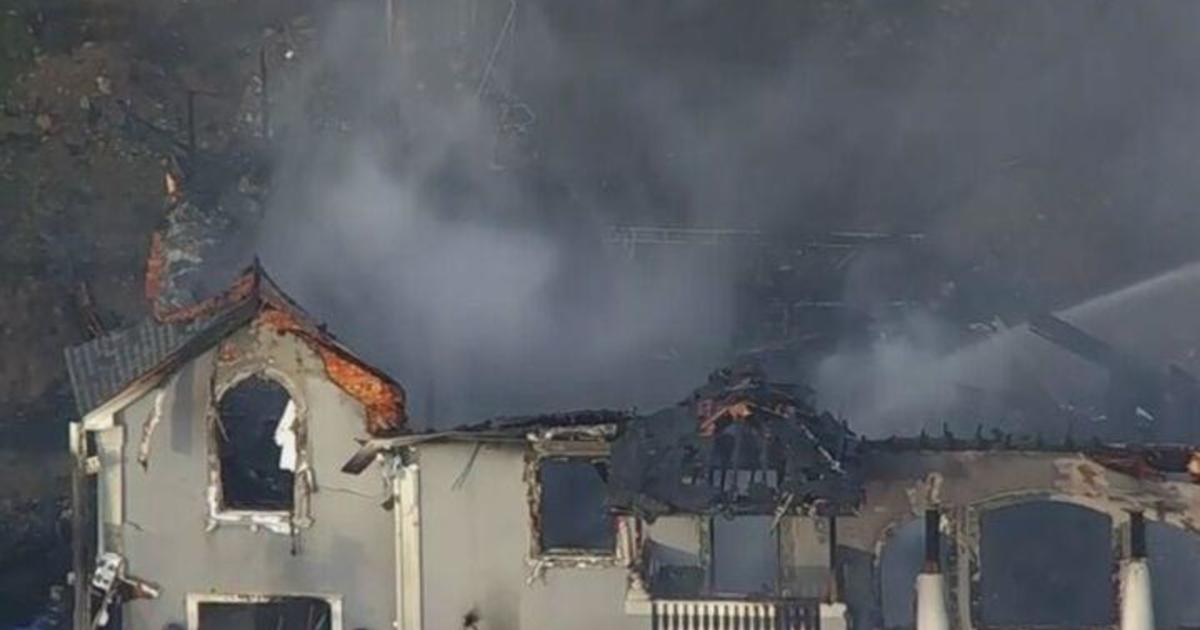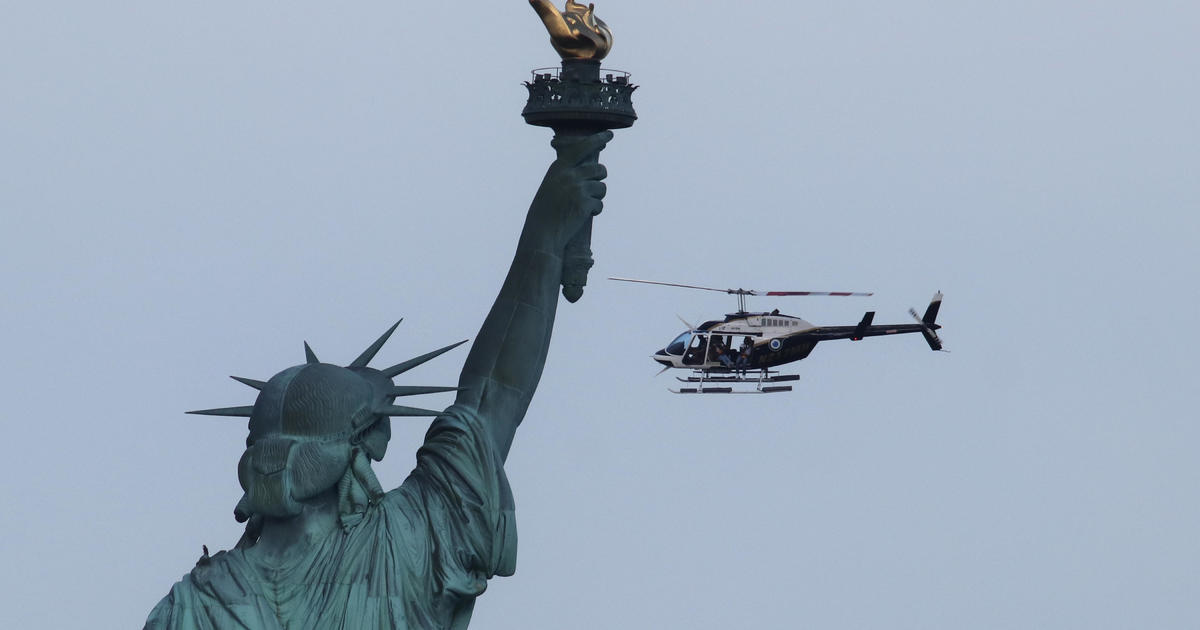City Weighs Use Of Armories For Homeless, End To 'Broken' Cluster Housing Program
NEW YORK (CBSNewYork) -- New York City was been scrambling to get the homeless off the streets late Monday afternoon as the temperatures dropped.
As CBS2's Hazel Sanchez reported, many of the shelters are filled near capacity – leaving many wondering where people living on the streets would go.
Gov. Andrew Cuomo issued an executive order that the homeless must be removed from the streets in freezing weather statewide. The order takes effect Tuedsay.
Meanwhile, the city is right in the thick of things, overhauling the Department of Homeless Services and trying to figure out what works and what does not.
One Homeless Services expert said there is a housing alternative that would barely cost the city a dime.
As the city continues its three-month evaluation of the Department of Homeless Services, it is searching for ways to get people off the streets more efficiently.
"Part of our review process is to look at what works for families; what works for individuals," said New York City Human Resources Association director Steven Banks.
Dan Reagan has been living at a 350-bed men's shelter at the Bedford Atlantic Armory in Brooklyn. He said the environment works for him.
"The place is huge. It's a really nice building," Reagan said. "I mean, they could hold a lot more people if they really had to."
The armory in Park Slope is one of a handful that the city uses as full-blown shelters. Former Department of Homeless Services Deputy Commissioner Robert Mascali believes the city and state could easily provide shelters for the homeless by opening armories as emergency drop-in shelters.
"This way would be a weigh station for them to leave the street and go to the shelter," Mascali said. "Armories are convenient, and they're cheap. They'd be free. The state controls the armories."
Drop-in centers are not for sleeping. They are places for food, warmth and a chance to connect to services.
Banks said the city is considering the idea.
"We're looking at services overall, and we're looking at what all of our options are," Banks said.
Large open spaces in places like armories can accommodate hundreds of people, but some advocates for the homeless said bigger may not mean better in this case.
"My experience has been that that the smaller facilities are much easier to manage," said Fred Shack, chief executive officer of Urban Pathways. "And again, it's a much more intimate setting. It allows you to have a much more personal relationship with your clients, which is important in order to help them make that transition."
Also Monday, Mayor Bill de Blasio announced a new plan to put a permanent end to the city's cluster housing program -- an initiative that works with privately-owned apartments to provide shelter for the homeless.
Banks said the city is currently paying higher-than-market rates for approximately 3,000 units, which house around 11,000 people, 1010 WINS Juilet Papa reported.
"The amount of rent that is charged is more than the amount of rent that would be charged for an apartment," Banks said. "Depending on the situation, it might be twice as much, it might be more."
The city pays both the rent and other costs for social services for these apartments, the de Blasio administration said in a statement.
"The cluster homeless shelter system is broken and represents the worst combination of expensive housing, bad conditions and poor access to services that homeless families need," de Blasio said in a statement.
Banks also called the living conditions in several of the cluster sites 'deplorable.'
According to Banks, the city plans to repair the cluster sites, with the goal of increasing shelter capacity within participating buildings and offering affordable housing opportunities. The plan recommends phasing out the cluster housing program over a three-year period, with the current shelter units to be converted into a mix of permanent housing and flexible transitional units by the end of 2018.
A number of the participating apartments in the program have previously been rent regulated, WCBS 880's Rich Lamb reported. The city wants those rents to return to those pre-adjusted levels.
Banks said Cuomo's recent executive order to remove homeless from the streets during cold weather doesn't change what the city is already doing.
The mayor, who has been facing criticism for his handling of the homeless issue, unveiled a new initiative last month dedicating 100 NYPD officers to homeless response teams, reaching out to people on the street.
"Extraordinary work that the not-for-profit outreach workers do is in convincing people to come in voluntarily," Banks said.
There are nearly 58,000 people living in the city's homeless shelters, with around 23,000 of them children. An additional 3,000 to 4,000 people are estimated to be living on the city's streets.



